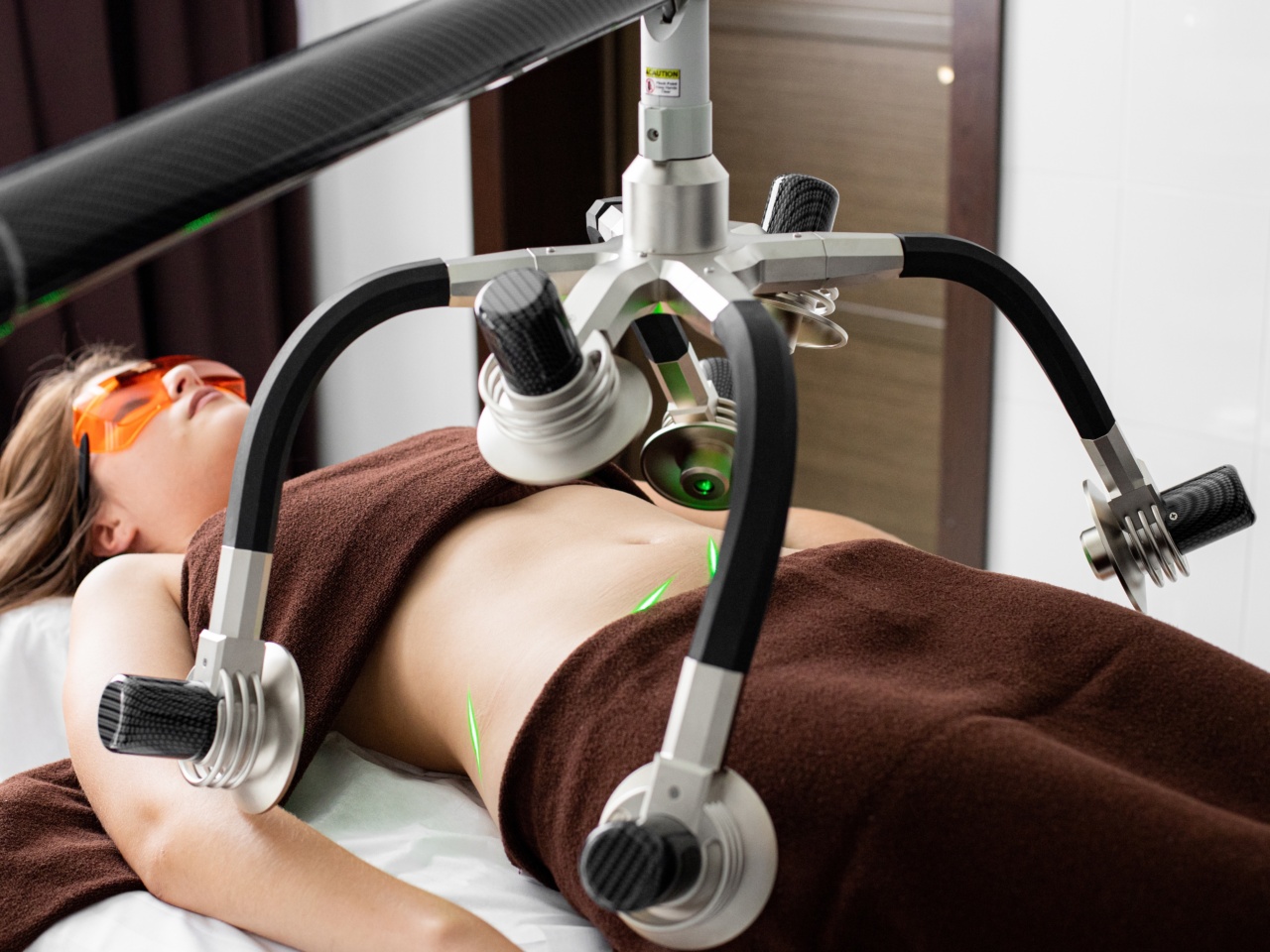Heart disease continues to be a leading cause of death worldwide, highlighting the importance of early detection and preventive measures.
While various risk factors have long been associated with heart disease, recent studies have shown a significant correlation between late fat accumulation and cardiovascular health. Measuring late fat can provide valuable insights into an individual’s heart disease risk and potentially guide interventions.
This article delves into the significance of late fat measurement, explores different assessment methods, and emphasizes the role it plays in predicting heart disease.
The Link Between Late Fat and Heart Disease
Before diving into the measurement techniques, understanding the connection between late fat and heart disease is crucial. Late fat refers to the accumulation of fat around internal organs, specifically the abdomen and waist area.
This type of fat, also known as visceral fat or central adiposity, surrounds vital organs and releases bioactive substances that can contribute to inflammation, insulin resistance, and metabolic disturbances – all of which are risk factors for heart disease.
Excessive late fat deposition has been directly associated with a higher risk of cardiovascular diseases such as coronary artery disease, heart attacks, and stroke.
Furthermore, late fat accumulation has shown a stronger correlation with heart disease than overall body fat percentage. Therefore, it becomes imperative to accurately measure late fat to identify individuals at risk and initiate appropriate preventive strategies.
Methods of Measuring Late Fat
Several methods exist to evaluate late fat levels in the body, ranging from simple anthropometric measurements to advanced imaging techniques. Here are some commonly used approaches:.
1. Waist Circumference
Waist circumference provides a straightforward and cost-effective way to assess late fat accumulation. Using a measuring tape, the waist circumference is measured at the level of the natural waist, usually just above the belly button.
Studies have shown a positive association between increased waist circumference and heart disease risk. The cut-off values for waist circumference may vary based on gender, ethnicity, and population, but generally, a waist circumference higher than 102 cm (40 inches) in men and 88 cm (35 inches) in women suggests an increased risk of heart disease.
2. Waist-to-Hip Ratio
The waist-to-hip ratio (WHR) is another valuable indicator of late fat distribution and associated cardiovascular risk. It is determined by dividing the waist circumference by the hip circumference. A higher WHR indicates greater late fat accumulation.
The cut-off values for WHR may vary, but generally, a value above 0.9 in men and 0.85 in women indicates an increased risk of heart disease.
3. Skinfold Thickness Measurements
Skincare measurements involve using calipers to assess the thickness of skinfold layers at specific sites of the body, such as the abdomen, triceps, and subscapular area.
While this technique requires proper training and expertise, it can provide valuable insights into late fat levels. Skinfold thickness measurements estimate the subcutaneous fat component, which is strongly correlated with visceral fat accumulation.
By analyzing different skinfold measurements, healthcare professionals can obtain a more accurate assessment of late fat distribution.
4. Dual-Energy X-ray Absorptiometry (DEXA)
DEXA is an advanced imaging technique primarily used to assess bone mineral density but can also provide valuable information about late fat accumulation.
This method employs dual-energy X-ray beams to differentiate fat, lean tissue, and bone mass, enabling precise measurements. DEXA scans can accurately quantify late fat levels and distribution, allowing healthcare professionals to assess heart disease risk more comprehensively.
5. Bioelectrical Impedance Analysis (BIA)
BIA is a non-invasive method that measures body composition by analyzing the resistance of electrical currents passing through the body.
This technique estimates fat, muscle, and water percentages based on the fact that fat tissue conducts electrical currents differently from lean tissue. BIA devices are widely available and provide a convenient way to assess body fat distribution. While BIA may not directly measure late fat, it can give an indication of overall adiposity, which is often correlated with increased late fat accumulation.
The Effectiveness of Measuring Late Fat
Effective measurement of late fat can significantly aid in predicting an individual’s heart disease risk.
Accurate identification of those at risk ensures appropriate interventions, including lifestyle modifications, medication regimes, and close management of other heart disease risk factors such as hypertension and high cholesterol.
Waist circumference, waist-to-hip ratio, and skinfold thickness measurements are relatively simple and accessible methods that, when performed correctly, provide reliable results.
These measurements offer a quick screening tool to gauge a person’s late fat accumulation and subsequent heart disease risk. Additionally, these assessments can be easily integrated into routine clinical examinations.
Advanced techniques like DEXA and BIA provide a more comprehensive assessment of late fat distribution and its correlation with heart disease.
These methods offer detailed insights into an individual’s body composition and can help healthcare professionals take a more targeted approach to risk assessment and prevention.
Conclusion
Measuring late fat is a crucial aspect of predicting heart disease and implementing preventive measures to reduce the risk. Late fat accumulation, particularly around the abdomen and waist area, has a notable correlation with cardiovascular health.
By utilizing various measurement techniques like waist circumference, waist-to-hip ratio, skinfold thickness, DEXA, and BIA, healthcare professionals can accurately assess late fat levels and make informed decisions regarding heart disease prevention. Early identification of individuals at risk allows for timely interventions, leading to improved health outcomes and reduced heart disease burdens globally.

























